Sukkot - Hag Ha-Asif
The word "Sukkot" means "booths (sukkah - singular)," and refers to the temporary dwellings that people of Israel are commanded to live in during this holiday. Like Pesach and Hag Habikkurim (Shavuot), Sukkot has a dual significance: historical and agricultural. The holiday commemorates the forty-year period during which the tribes of Israel were wandering in the desert, living in temporary shelters. Sukkot is also a harvest festival, and is sometimes referred to as Hag Ha-Asif, the Festival of ingathering the crops from the fields.

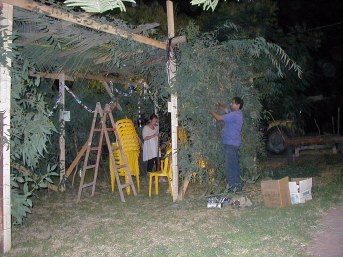
Sukkah building in Gan Shmuel
How to build a SUKKAH
A sukkah must have at least three walls covered with a material that will not blow away in the wind. Canvas covering tied or nailed down is acceptable and quite common. A sukkah may be any size, so long as it is large enough for you to fulfill the function of dwelling in it. The roof of the sukkah must be made of material referred to as sekhakh (literally, covering)' which must be something that grew from the ground and was cut off, such as tree branches, corn stalks, bamboo reeds, sticks, or two-by-fours. Sekhakh must be left loose, not tied together or tied down. Sekhakh must be placed sparsely enough that rain can get in, and preferably sparsely enough that the stars can be seen, but not so sparsely that more than ten inches is open at any point or that there is more light than shade. The Sekhakh must be put on last
The four species - (Arbaa Minim) 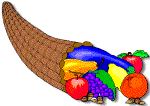

Another tradition related to Sukkot involves what are known as The Four Species (Arbaa Minim in Hebrew) or the Lulav and Ethrog. The four species in question are an Ethrog (a citrus fruit native to Israel), a young palm branch (in Hebrew, Lulav), two willow branches (Arava) and three myrtle branches (Hadas). The six branches are bound together and referred to collectively as the Lulav. The Ethrog is held separately. According to religious Jewish tradition, with these four species in hand, one recites a blessing and waves the species in all six directions (east, south, west, north, up and down, symbolizing the fact that the Almighty is everywhere).
Hag Ha-Asif in Gan Shmuel
In kibbutz Gan Shmuel we celebrate the Hag Ha-Asif in special dinner, outside the dining hall. All kibbutz people, together with their guests and children, are sitting around large tables on one of the biggest kibbutz lawns. The tables are fully arranged with delicious and tasty gourmet foods, and fruits
Around the lawn an agricultural and industrial exposition, exhibiting the products produced by various branches and sectors in the kibbutz, shows and demonstrates the last year kibbutz production achievements
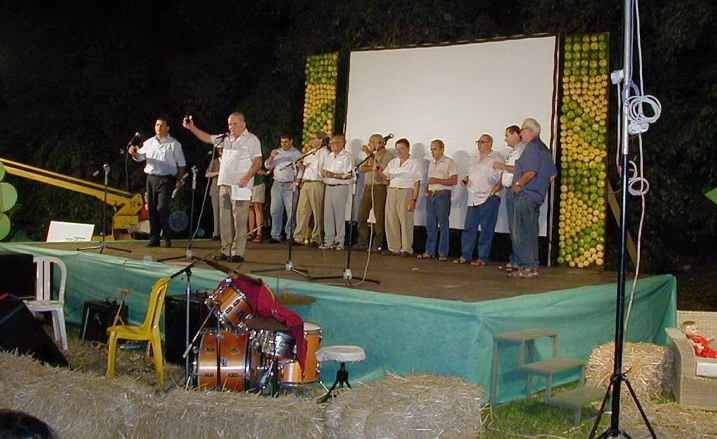
The Economy Managers (Merakzey Meshek - Hebrew) of kibbutz Gan Shmuel that served (by rotation) the kibbutz for more than 50 years, since the managing system has been established in Gan Shmuel (1951). Dov Levy - the first economy manager of the kibbutz is greeting the audience with a toast and a glass of wine.
And.......
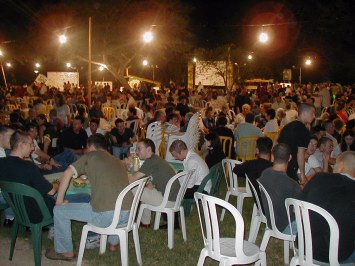
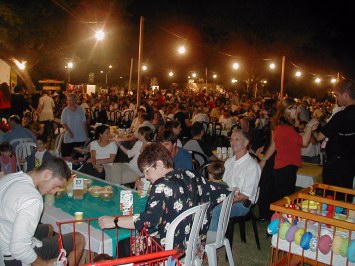
The Gan Shmuel people enjoying a wonderful and tasty Hag HaAsif dinner, at the evening.
